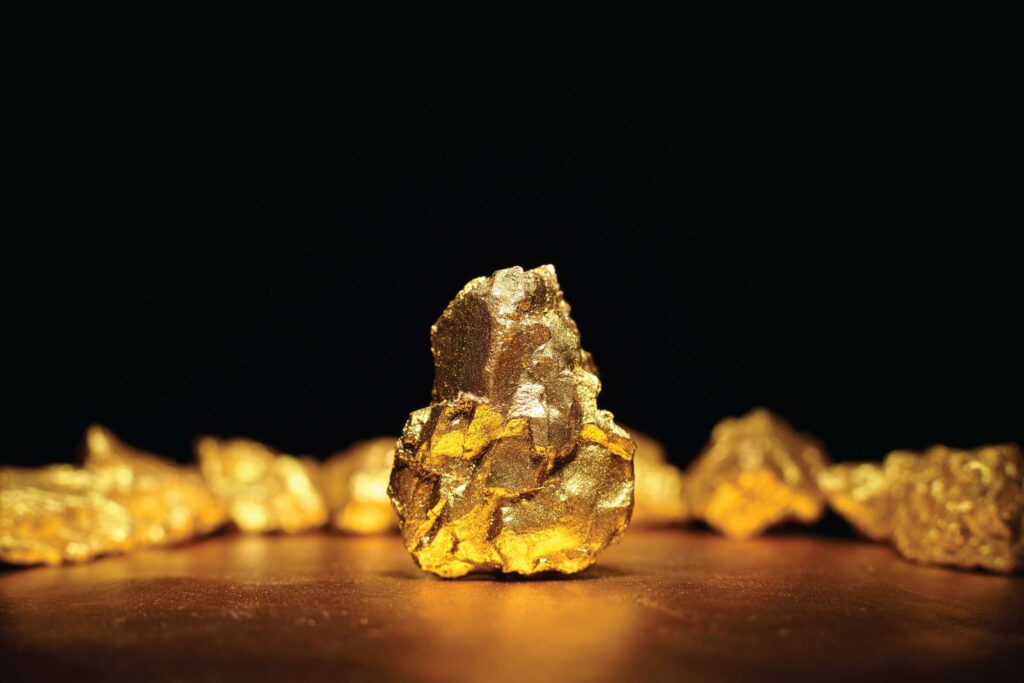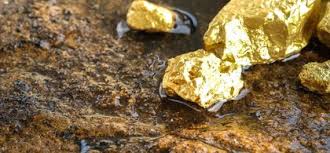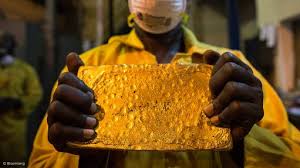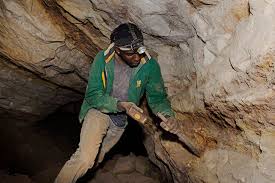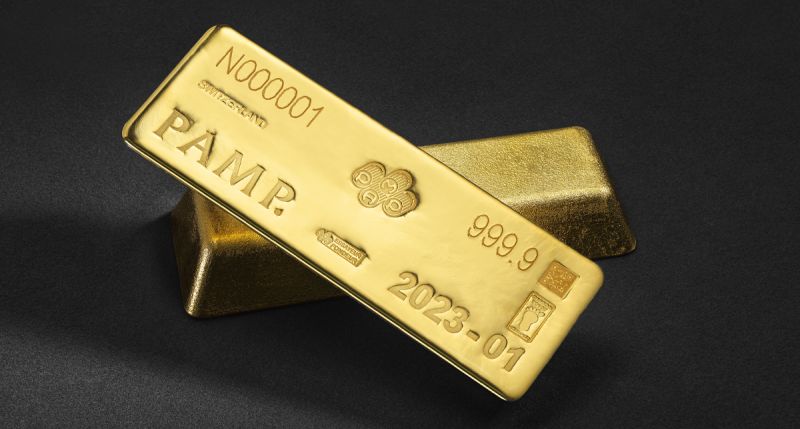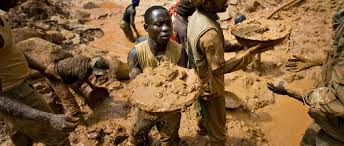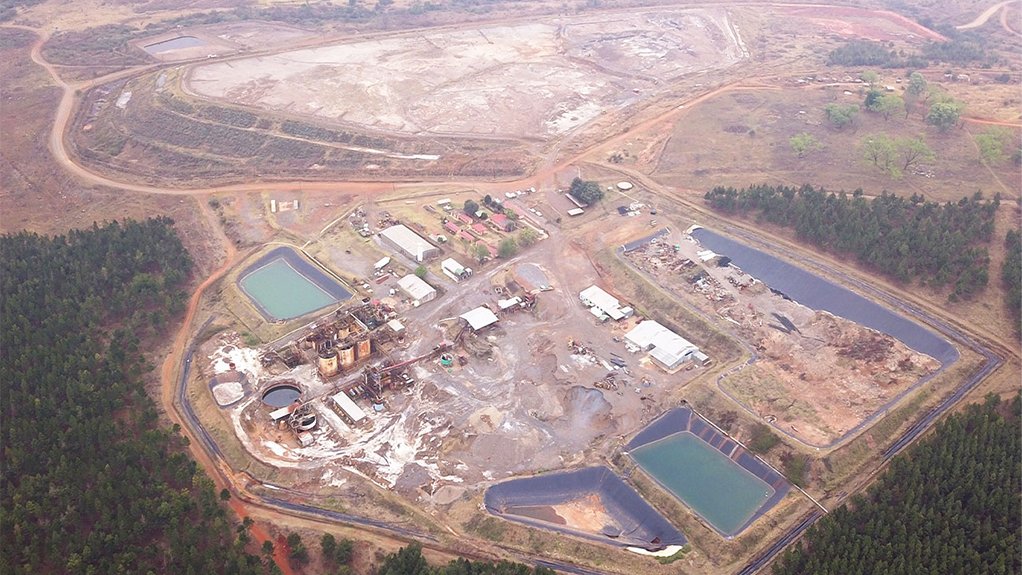Precious Metals

Galiano lowers full-year production guidance, warns of higher costs
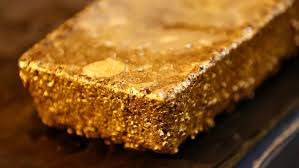
Grade also improved in the mill, resulting in the production of 32 533 oz – a 7% increase on production in the second quarter, president and CEO Matt Badylak said.
Year-to-date gold production reached 83 617 oz as of September 30.
The company mined 1.6-million tonnes of ore at an average mined grade of 0.8 g/t gold and a strip ratio of 7.8:1 during the period.
Development of Cut 3 at the Nkran deposit continued to ramp up during the quarter with 3.6-million tonnes of material mined, an increase of 111% compared with the previous quarter.
Galiano has revised its full-year production and all-in sustaining costs (AISC) guidance. Production is now expected to be between 120 000 oz and 125 000 oz, compared with the previously guided 130 000 oz to 150 000 oz.
AISC is expected to be higher at $2 200/oz to $2 300/oz, compared with the previously guided $1 750/oz to $1 950/oz.
On September 9, the company reported an incident between illegal miners and military personnel on its operating concessions, which resulted in the fatality of a community member and damage to contractor equipment.
While ore haulage of stockpiled material continued, mining operations at the Esaase deposit were temporarily suspended while the mining contractor mobilised a new fleet of equipment. Operations at the Abore deposit and the processing plant continued unaffected.
Subsequent to quarter-end, mining operations at Esaase restarted in early November, with a steady ramp-up in ore production expected over the fourth quarter.
“The September incident at Esaase required us to temporarily pause mining operations and will result in lower grades delivered to the mill for a longer period than originally expected.
“This has necessitated a revision to full-year guidance. Our technical team continues to focus on mine and plant enhancements to improve production as we enter the fourth quarter and beyond,” Badylak informed.
Production for the balance of the year will be impacted by multiple factors, including the extended pause of mining operations at Esaase.
During this period, Esaase stockpile material fed to the mill yielded lower grades. The impact of this lower-grade stockpile material will continue while Esaase mining operations ramp back up to deliver ore from the pit.
Mining at Abore will provide the majority of the mill feed for the balance of the year, and lower realised grades have been factored into the revised production guidance range.
Mill throughput assumptions for the balance of the year have been aligned to reflect the third quarter’s milling performance, with the expectation that ongoing circuit optimisations will yield improved throughput by year-end.
Aisc guidance is revised due to the impacts of lower production guidance and higher royalties, resulting from higher average gold sales prices and the 2% increase to Ghana's Growth and Sustainability Levy.
“Importantly, we emerge from the quarter with a very strong financial position, and our Abore drilling programme continues to deliver exciting results, delineating a mineralised system extending 200 m below our current mineral reserve across a substantial 1 600 m strike length,” Badylak says.
The Phase 2 drilling programme at Abore completed during the period identified multiple new high-grade ore shoots below the Abore South and Main zones, while also revealing a significant new high-grade discovery at Abore North.
The company had cash and cash equivalents of $116.4-million as of September 30.
It generated cash flow from operating activities of $40.4-million during quarter.
Income from mine operations was $48.2-million.
There was a net loss of $0.15 per common share and adjusted net loss of $0.01 per common share during the period.
Adjusted earnings before interest, taxes, depreciation and amortisation was $37.8-million.
No lost-time injuries (LTI), and one total recordable injury (TRI) were recorded during the quarter.
The 12‐month rolling LTI and TRI frequency rates as of September 30 was 0.39 and 0.90 per million hours worked, respectively.
TSX- and NYSE -listed Galiano Gold, which owns a 90% interest in the Asanko gold mine (AGM), in Ghana, achieved the targeted improvements in volumes of material mined and overall throughput in the third quarter, following the successful commissioning of the secondary crusher at the mine.
Grade also improved in the mill, resulting in the production of 32 533 oz – a 7% increase on production in the second quarter, president and CEO Matt Badylak says.
Year-to-date gold production reached 83 617 oz as of September 30.
The company mined 1.6-million tonnes of ore at an average mined grade of 0.8 g/t gold and a strip ratio of 7.8:1 during the period.
Development of Cut 3 at the Nkran deposit continued to ramp up during the quarter with 3.6-million tonnes of material mined, an increase of 111% compared with the previous quarter.
Galiano has revised its full-year production and all-in sustaining costs (AISC) guidance. Production is now expected to be between 120 000 oz and 125 000 oz, compared with the previously guided 130 000 oz to 150 000 oz.
AISC is expected to be higher at $2 200/oz to $2 300/oz, compared with the previously guided $1 750/oz to $1 950/oz.
On September 9, the company reported an incident between illegal miners and military personnel on its operating concessions, which resulted in the fatality of a community member and damage to contractor equipment.
While ore haulage of stockpiled material continued, mining operations at the Esaase deposit were temporarily suspended while the mining contractor mobilised a new fleet of equipment. Operations at the Abore deposit and the processing plant continued unaffected.
Subsequent to quarter-end, mining operations at Esaase restarted in early November, with a steady ramp up in ore production expected over the fourth quarter.
“The September incident at Esaase required us to temporarily pause mining operations and will result in lower grades delivered to the mill for a longer period than originally expected.
“This has necessitated a revision to full-year guidance. Our technical team continues to focus on mine and plant enhancements to improve production as we enter the fourth quarter and beyond,” Badylak informs.
Production for the balance of the year will be impacted by multiple factors, including the extended pause of mining operations at Esaase.
During this period, Esaase stockpile material fed to the mill yielded lower grades. The impact of this lower-grade stockpile material will continue while Esaase mining operations ramp back up to deliver ore from the pit.
Mining at Abore will provide the majority of the mill feed for the balance of the year, and lower realised grades have been factored into the revised production guidance range.
Mill throughput assumptions for the balance of the year have been aligned to reflect the third quarter’s milling performance, with the expectation that ongoing circuit optimisations will yield improved throughput by year-end.
AISC guidance is revised owing to the impacts of lower production guidance and higher royalties, resulting from higher average gold sales prices and the 2% increase to Ghana's Growth and Sustainability Levy.
“Importantly, we emerge from the quarter with a very strong financial position, and our Abore drilling programme continues to deliver exciting results, delineating a mineralised system extending 200 m below our current mineral reserve across a substantial 1 600 m strike length,” Badylak says.
The Phase 2 drilling programme at Abore completed during the period identified multiple new high-grade ore shoots below the Abore South and Main zones, while also revealing a significant new high-grade discovery at Abore North.
The company had cash and cash equivalents of $116.4-million as of September 30.
It generated cash flow from operating activities of $40.4-million during quarter.
Income from mine operations was $48.2-million.
There was a net loss of $0.15 per common share and adjusted net loss of $0.01 per common share during the period.
Adjusted earnings before interest, taxes, depreciation and amortisation was $37.8-million.
No lost-time injuries (LTI), and one total recordable injury (TRI) were recorded during the quarter.
The 12‐month rolling LTI and TRI frequency rates as of September 30 were 0.39 and 0.90 per million hours worked, respectively.




